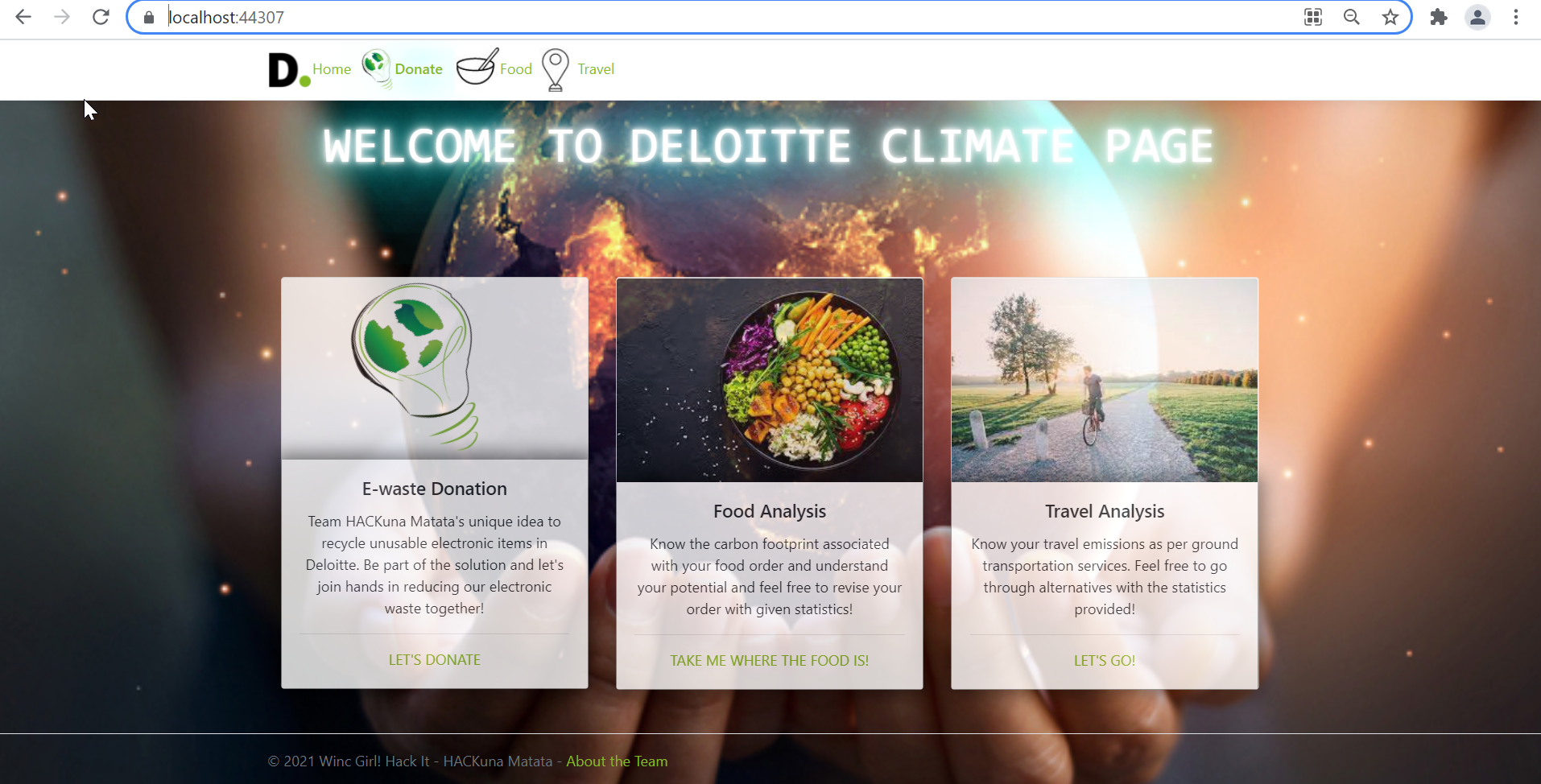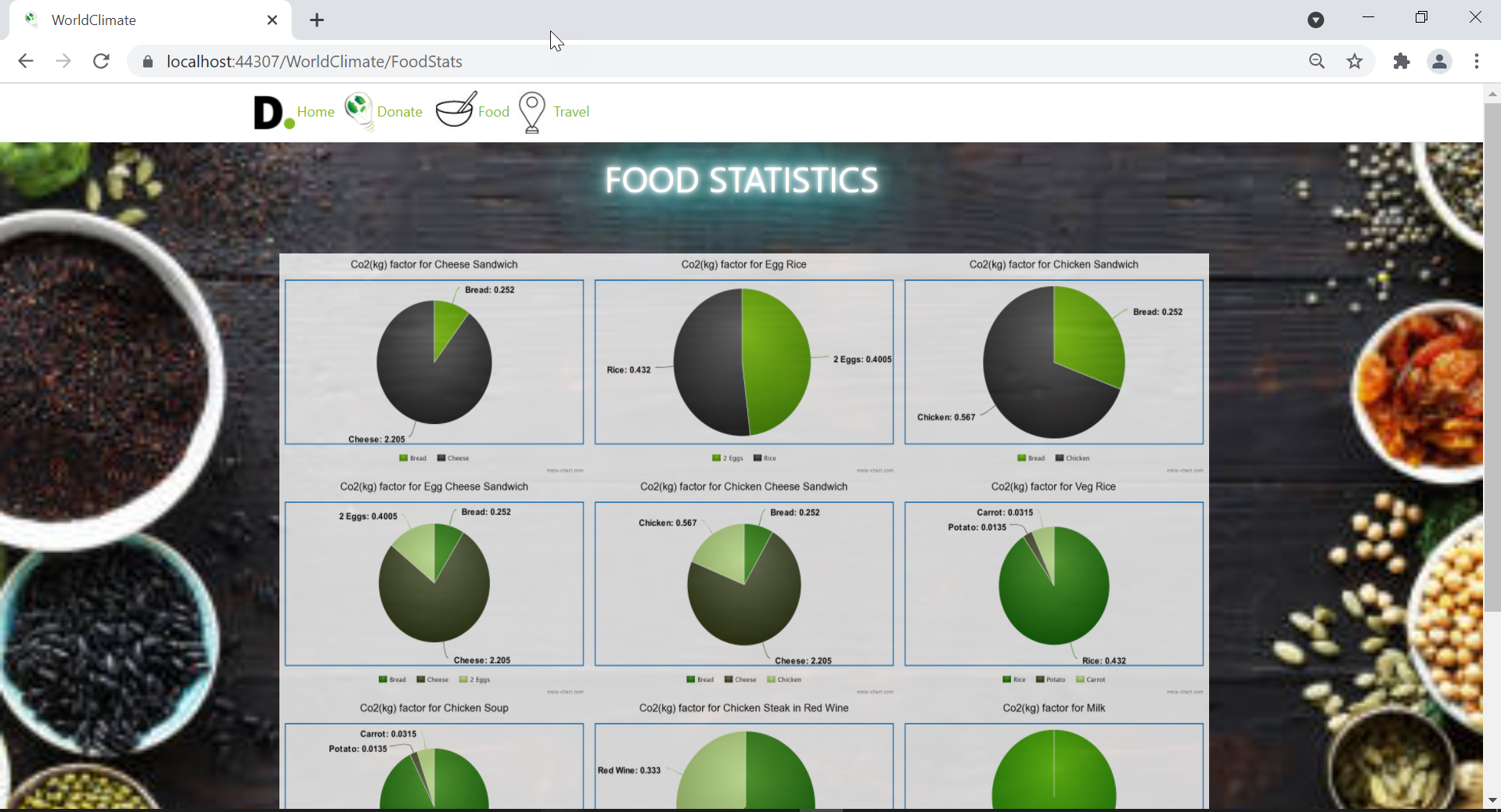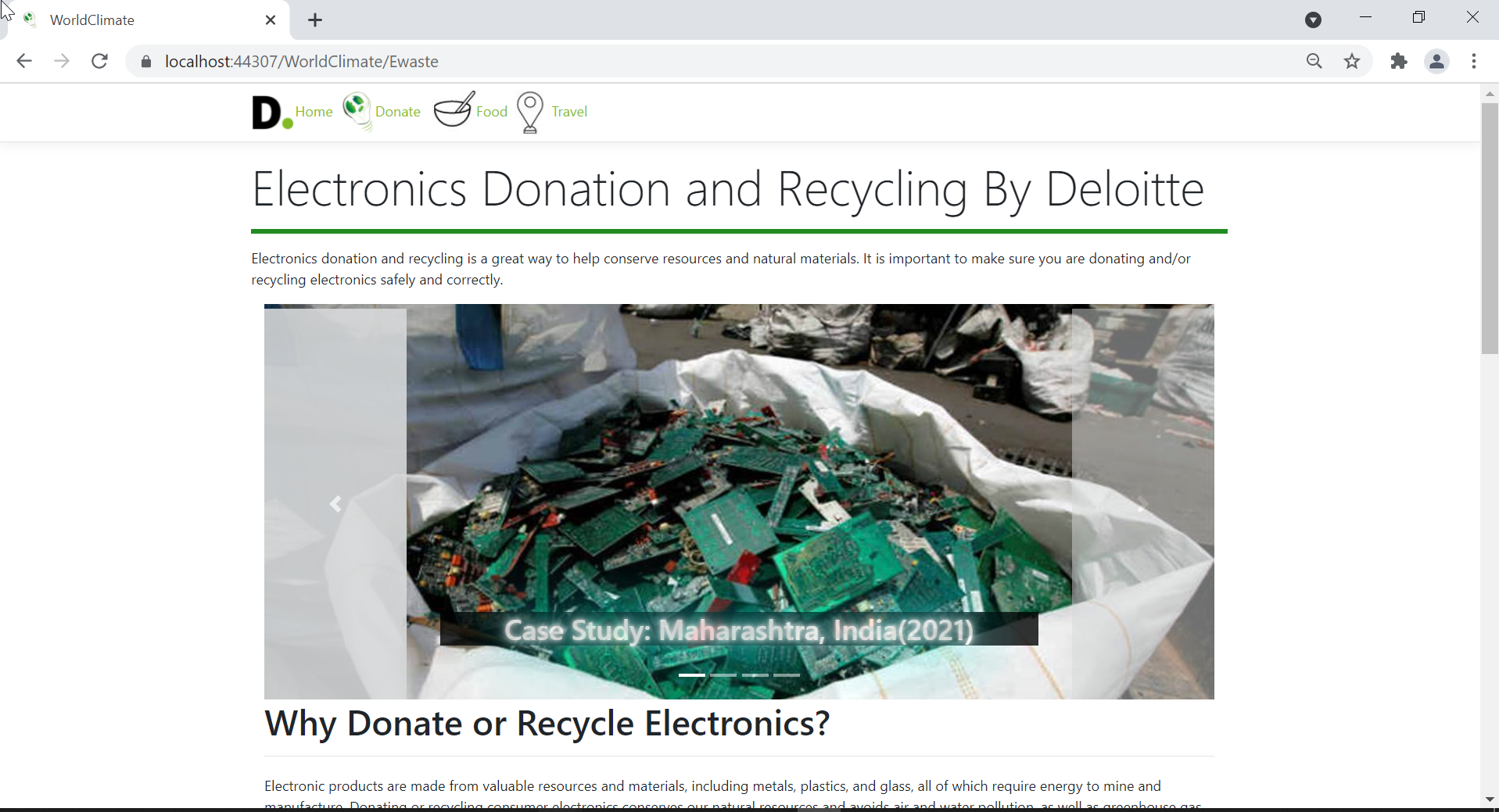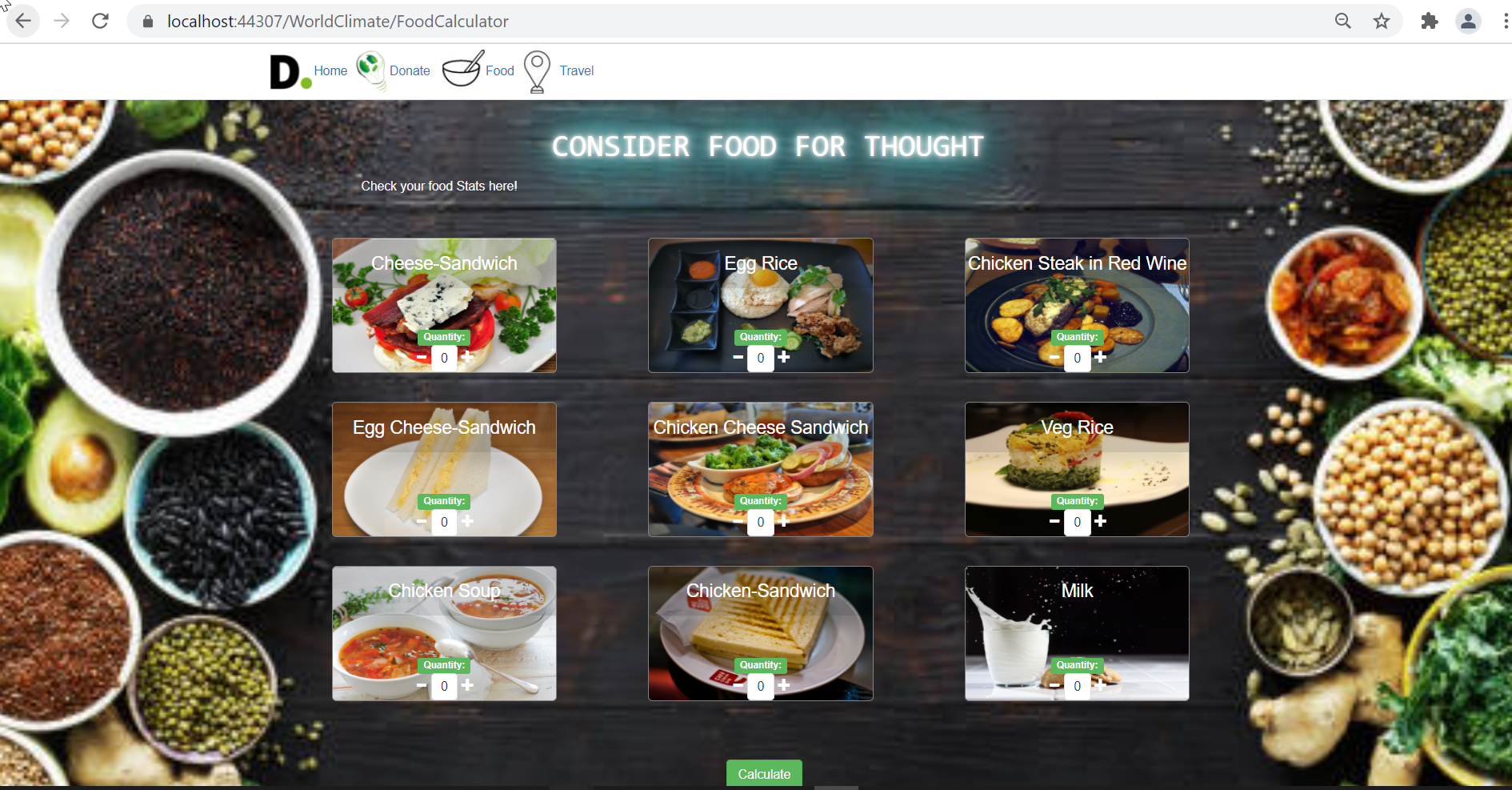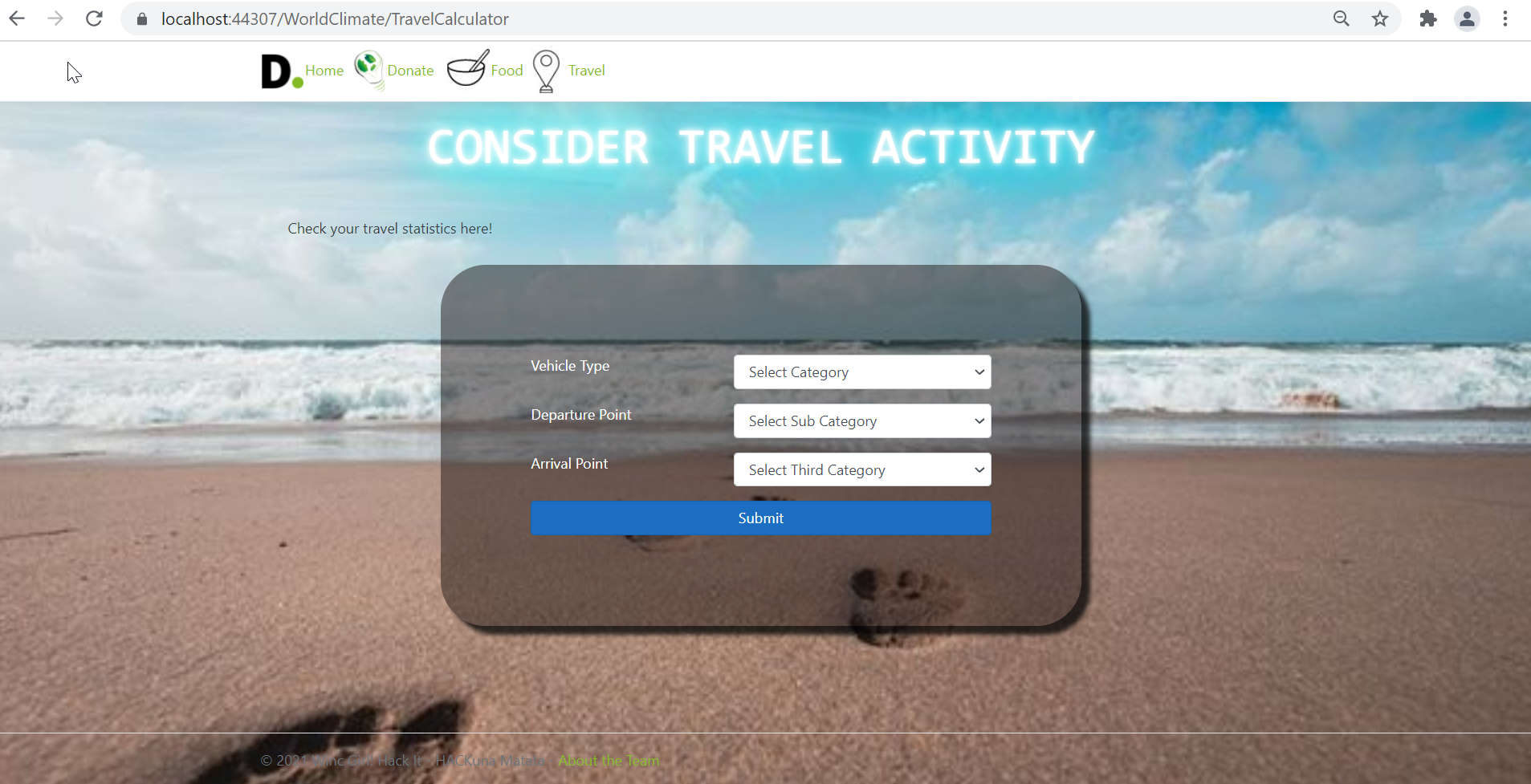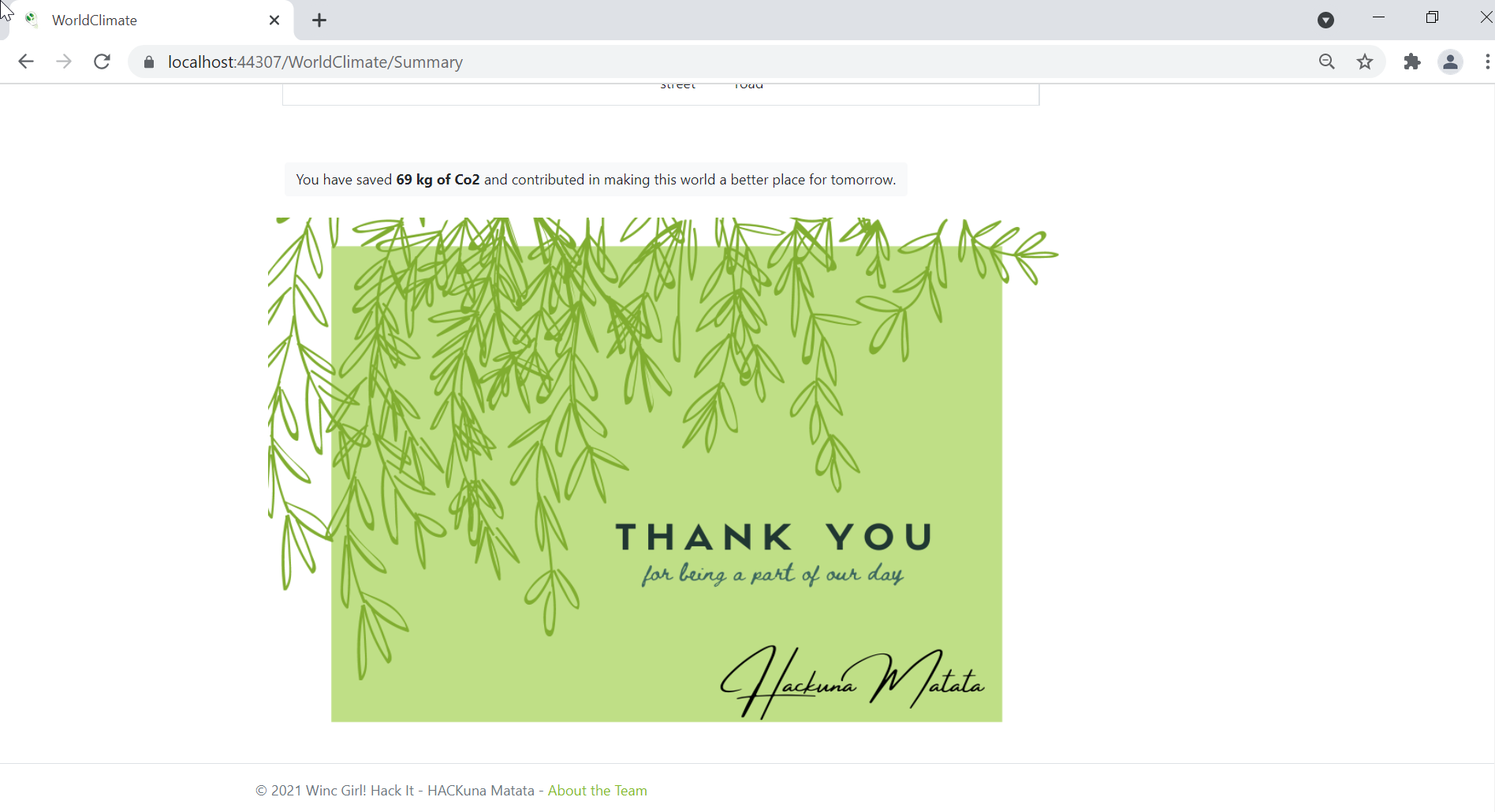WinC Girl, Hack It! hackathon focused on the critical theme of "Travel Reduction & Behavioral Changes," aligning with Deloitte's World Climate initiative aimed at achieving net-zero emissions by 2030. The challenge was to resolve one or more of the following issues:
- To encourage professionals and project teams to reduce their carbon footprint from traveling.
- To meet World Climate travel goals, we need people to change their behaviors. To do this, we need to provide teams with tools like with carbon budgets, dashboards, and forecasting capabilities.
- We also want to provide professionals with a tool that shows relatable and contextualized information about emissions and virtual working.
- In the future state, we‘d want the ability to easily integrate to existing travel booking systems, Talent on Demand, or other processes/web pages.
Broad Objectives
- To create a culture of sustainability within Deloitte.
- To reduce the carbon footprint of Deloitte professionals.
- To encourage Deloitte professionals to adopt eco-friendly practices.
Research question: How can we
encourage Deloitte professionals to be more environmentally conscious and reduce their carbon footprint from everyday activities?
.png)
Process

Research goals
- To educate Deloitte professionals about the impact of their actions on the environment.
- To provide Deloitte professionals with the tools and resources they need to reduce their carbon footprint.
- To incentivize Deloitte professionals to adopt eco-friendly practices.
- To measure the effectiveness of the program and make improvements as needed.
Research methodology
Exploratory Interview
Our exploratory interviews was conducted with the sustainable leaders who were responsible for driving eco-friendly practices in a large firm like Deloitte. These sustainable solutions foster an eco-friendly and responsible corporate culture across various streams .
The interview made clear of the following:
- The firm is open to implement training programs and workshops focused on sustainability.
- Adopting eco-friendly materials, minimizing waste, and choosing sustainable catering options can significantly reduce the ecological footprint in office parties, .
- Operational sustainability can be enhanced by implementing recycling programs in office buildings, using energy-efficient appliances, and choosing sustainable options for event catering.
- Encouraging employee participation in volunteering events focused on environmental causes can promote hands-on engagement with sustainability efforts.
- The firm can develop systems to track and report sustainability metrics to leadership, ensuring accountability and continuous improvement.
- Building a culture of sustainability requires integrating these green practices into the company's core values, encouraging employees at all levels to embrace sustainable habits both in and out of the workplace.
Quantitative Analysis
Through a comprehensive survey targeting Deloitte professionals from diverse regions, I gained valuable insights into the major challenges they face. The findings highlight the following key issues:
- A striking pattern emerged: 5 out of every 8 surveyed individuals demonstrated awareness of the current environmental practices.
- The popularity of food and travel related apps exclusive for Deloitte professionals is the highest but does not have any carbon footprint feature. A large majority of the surveyed participants would like to see the new feature implemented.
- An overwhelming majority of participants, when interviewed, expressed that gamifying the carbon footprint feature significantly motivates them to embrace environmentally friendly practices.
- During individual conversations with participants, we discovered that materialistic gifts resonate on a personal level. Leveraging this insight, we successfully incentivized participants to embrace environmentally friendly practices.
Unique selling point + Scope
Our initiative identifies and optimizes the recycling of electronic waste along with food and travel waste recycling within Deloitte. Given the high concentration of IT professionals, this resonates with our tech-savvy audience. By minimizing e-waste, we not only reduce our carbon footprint but also contribute to a cleaner, greener planet. We want to empowers Deloitte’s IT professionals to take charge of sustainability. Through data-driven insights, they can make informed decisions, implement eco-friendly practices, and drive positive change. To incentivize adoption, we offer personalized goodies—a journal for jotting down innovative ideas, a comfortable t-shirt to wear with pride, a potted plant symbolizing growth, and a coffee mug for those sustainable morning brews.
out of Scope elements
- Home Collection Logistics - E-Waste Pickup: Given the WFH context, we won’t design logistics for collecting e-waste from professionals’ homes. Instead, we encourage responsible disposal through local channels.
- Physical Infrastructure - On-Site Bins or Collection Points: Installing physical bins or collection points at home offices is beyond our current scope.
VISUALIZING CONCEPTS
Speed sketching
To understand our unique selling point, we initiated our e-waste model design with a speed sketching session as it was a low-cost and low-risk way to experiment with different design ideas.. This enabled us to quickly visualize my ideas and communicate them to the team.
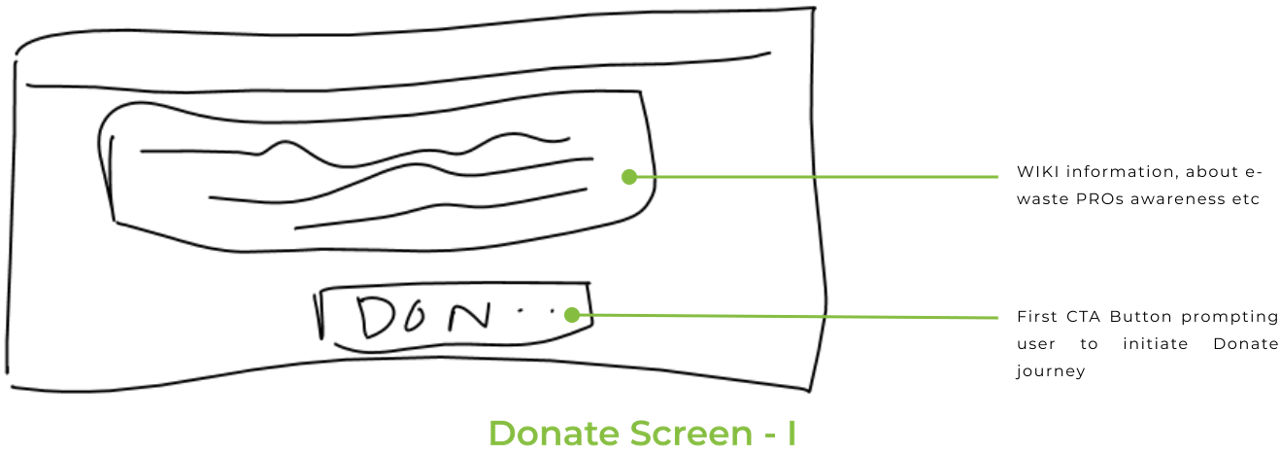

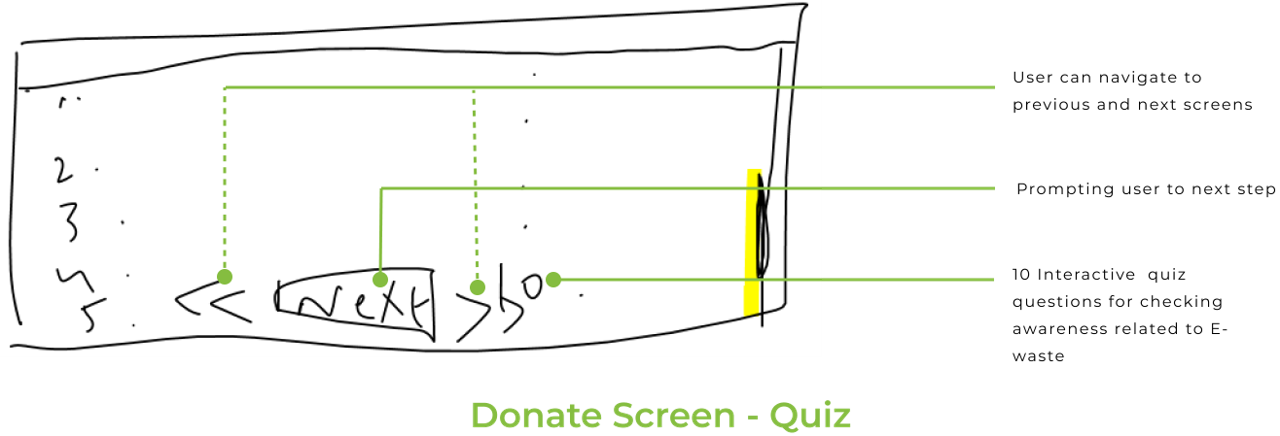
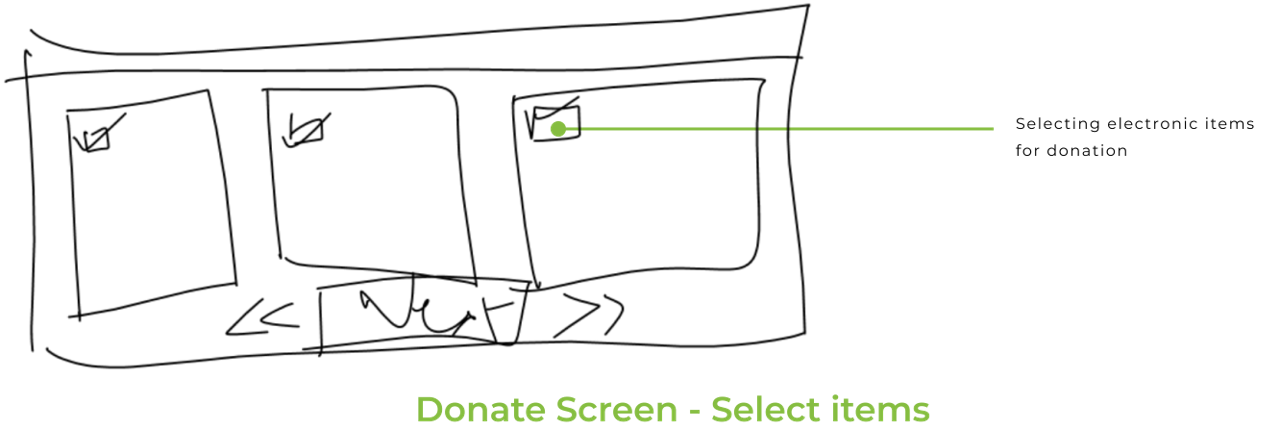
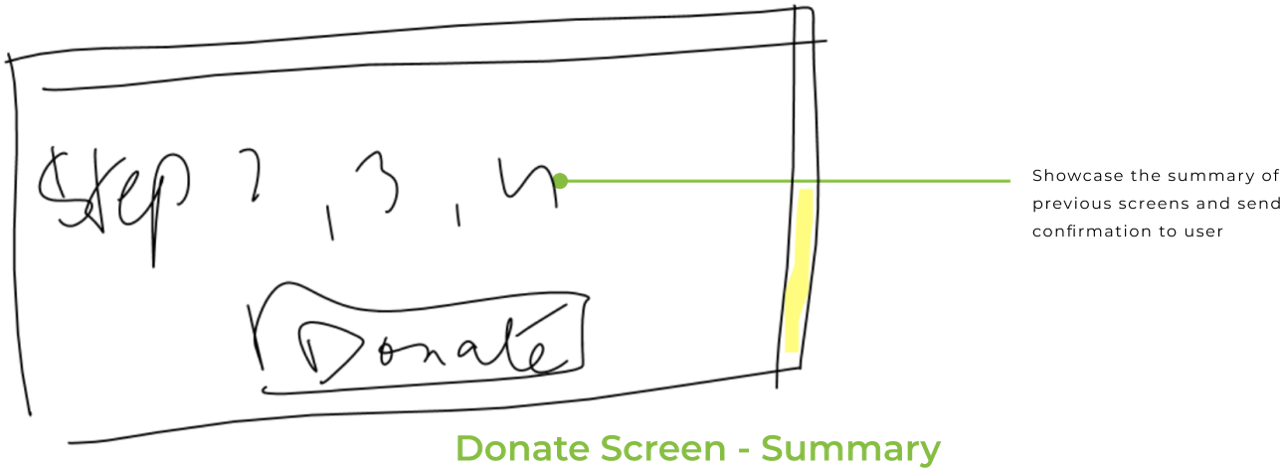
Speed sketching helped us identify the following potential design problems early on in the process:
- Give access to educational resources before taking the professional to the quiz section.
- To source CO2 conversion factors for electronic devices.
- To identify incentives for encouraging the professionals.
Initial Prototyping
The initial prototyping was made on Marvel. The quick and easy tool allowed us to made user flows in a very simple manner. This acted as the base of our design.
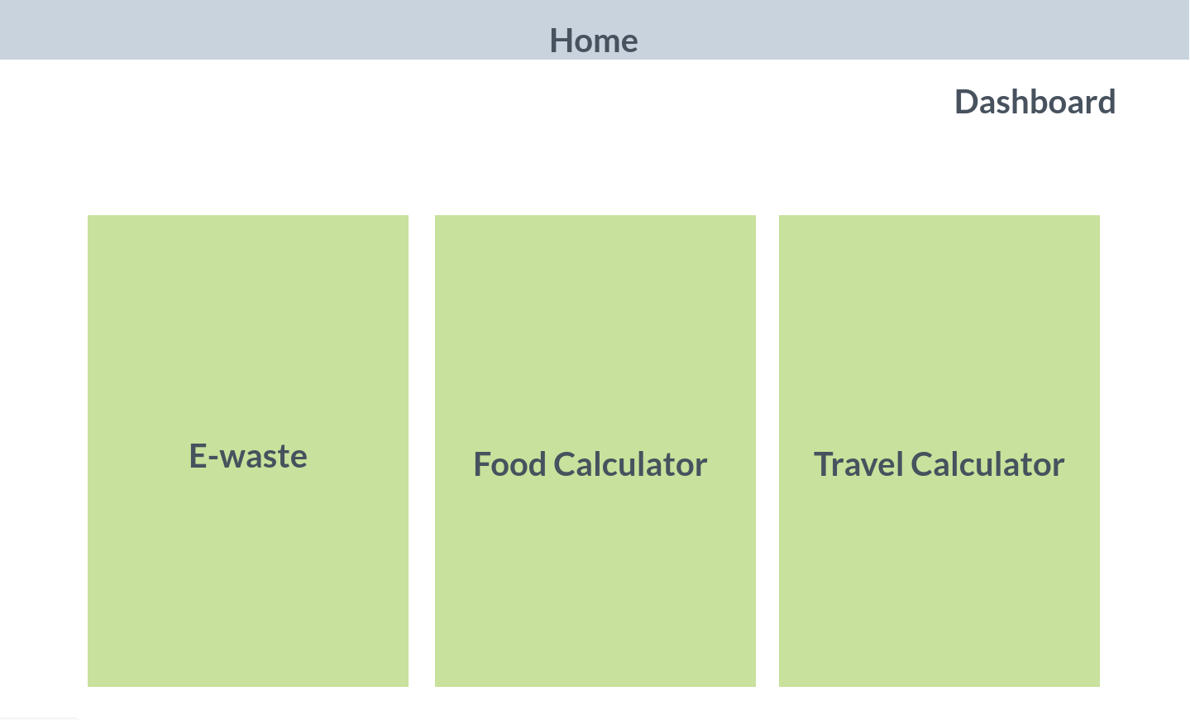
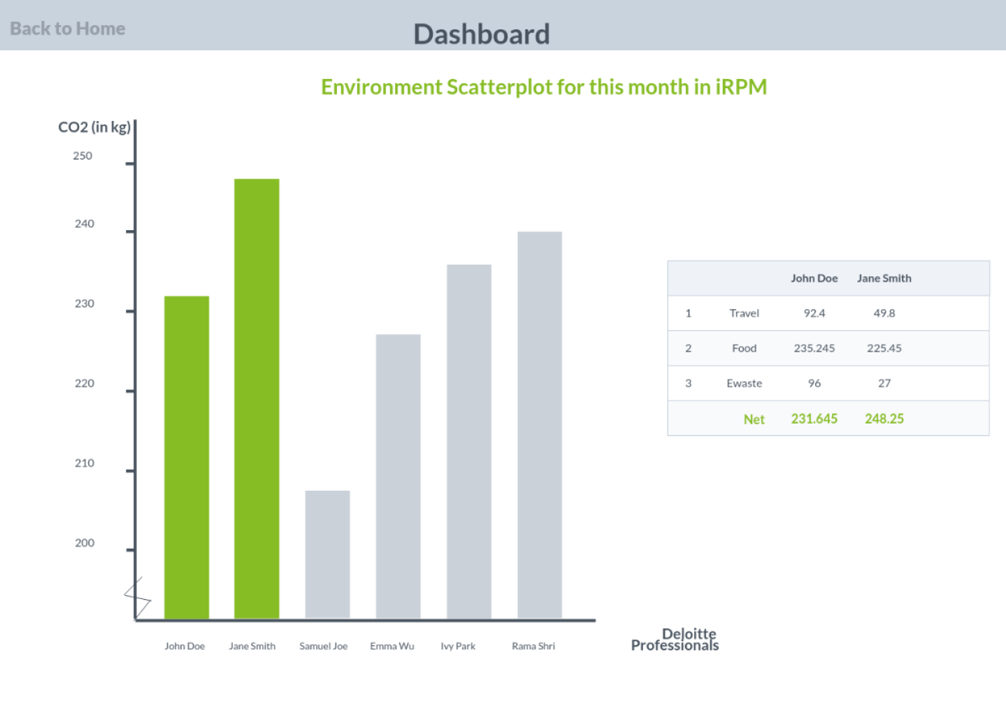
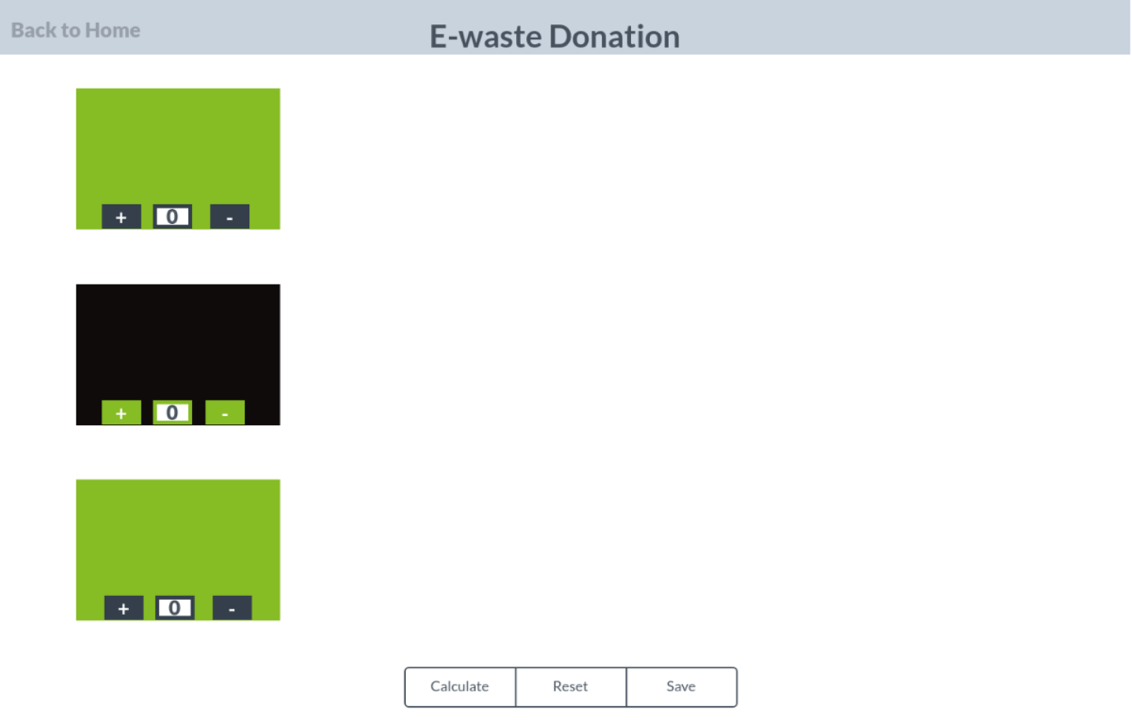

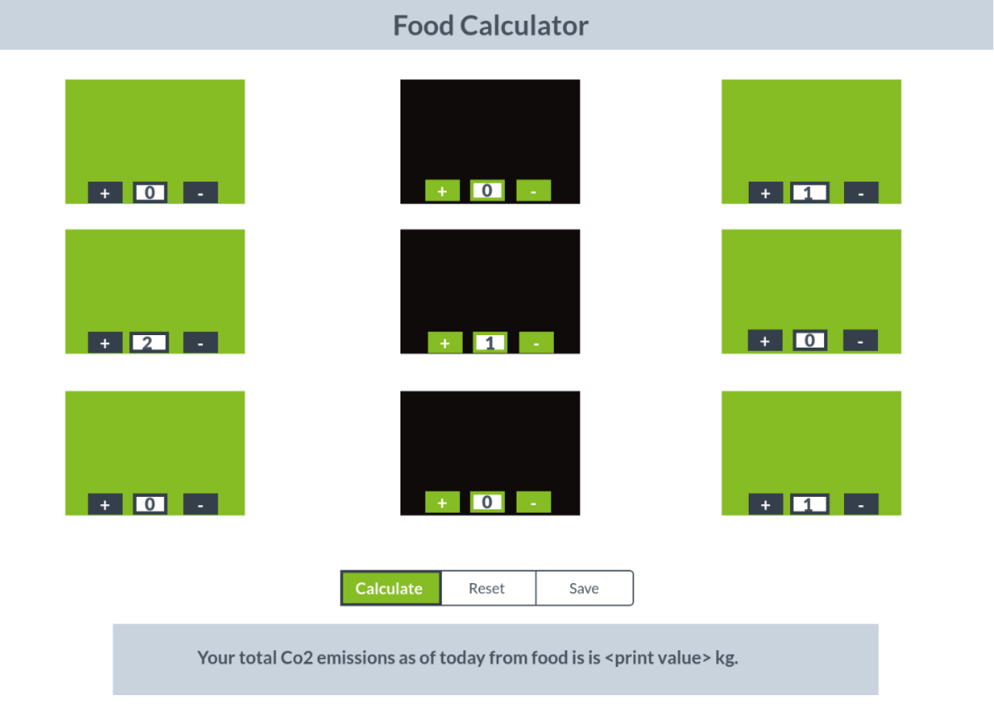
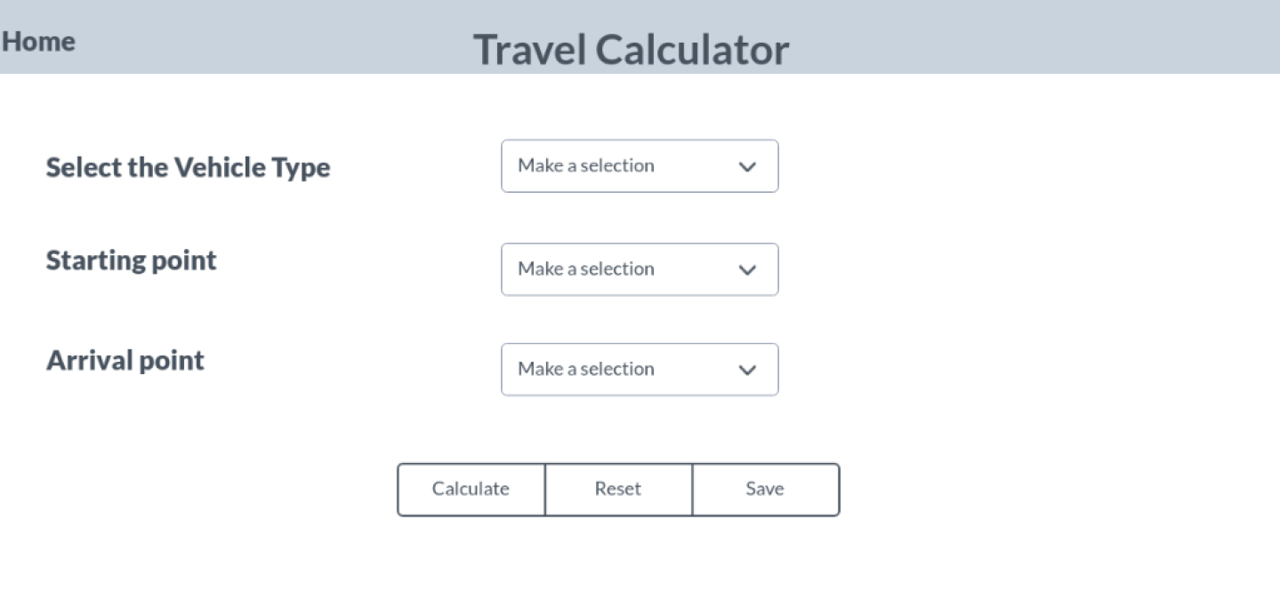
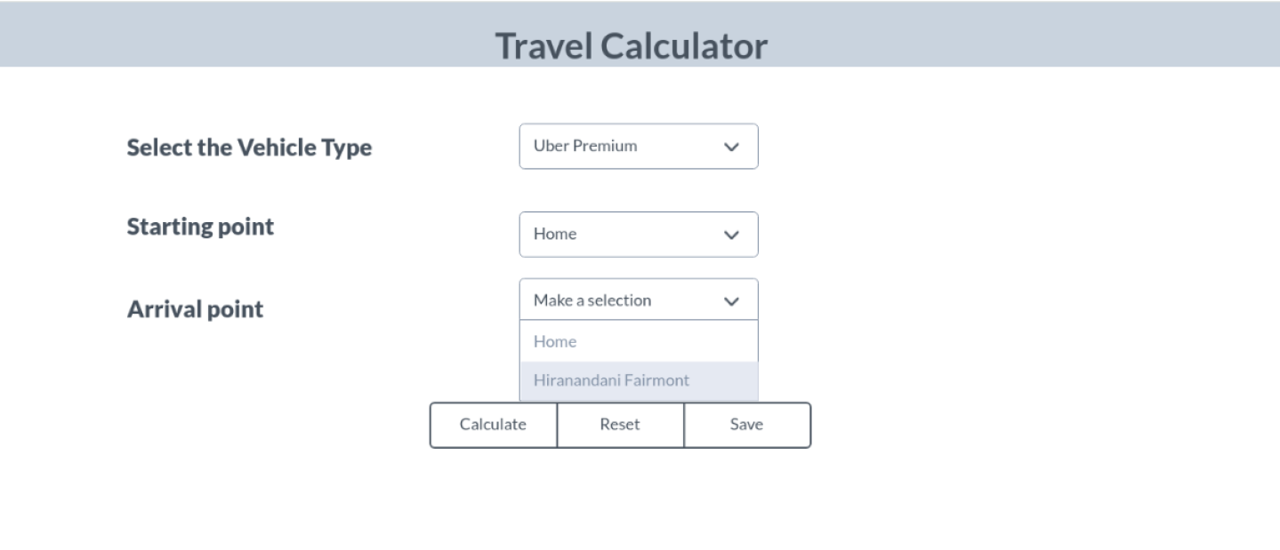
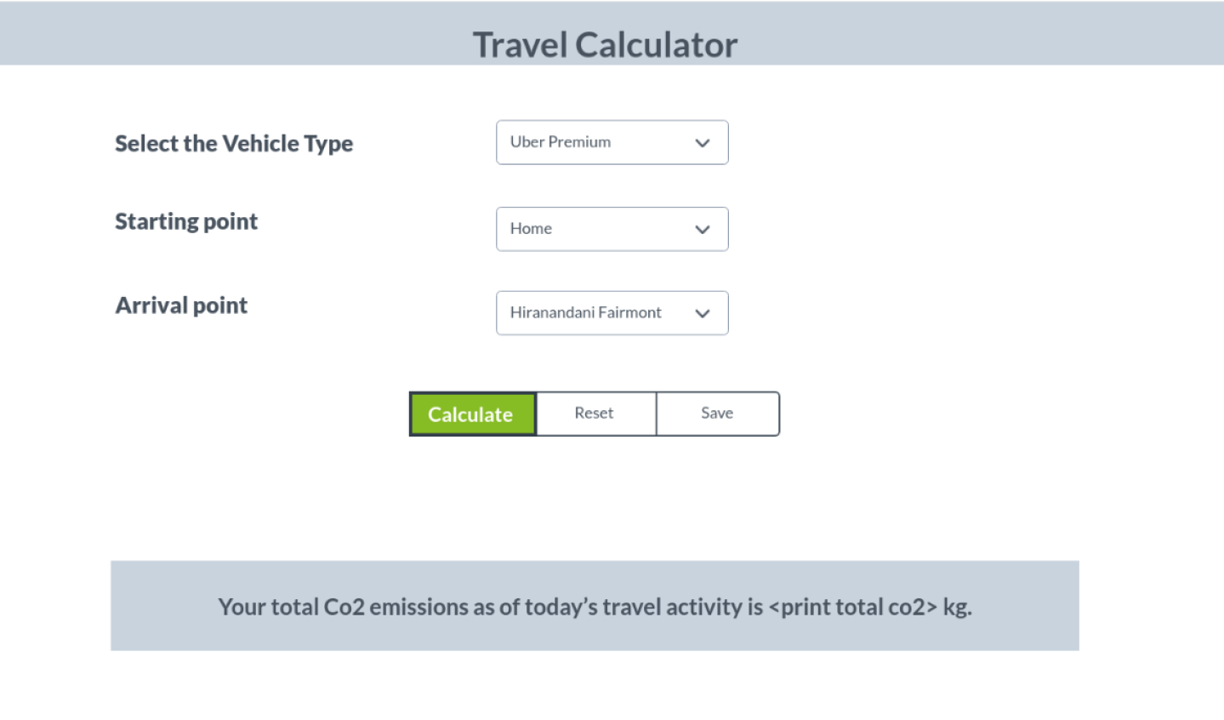
Testing and iteration
After settling down with design variations, I decided to do another round of usability testing to see if overall flow would make sense. Therefore, this assessed how professionals felt while completing a task. Following revisions were made to the designs:
- Professionals felt "calculate" was the primary activity. Saving data is an additional task that they do not want to take up. They expected reset to occur by default on every page load.
- Professionals would like to see the breakdown of the carbon emission factor to individual ingredients. So pie charts for each food dish were developed and put on display.
- Not all professionals felt the need to use the educational resources before attending the quiz. Hence, the resources were made an optional modal box.
Information Architecture
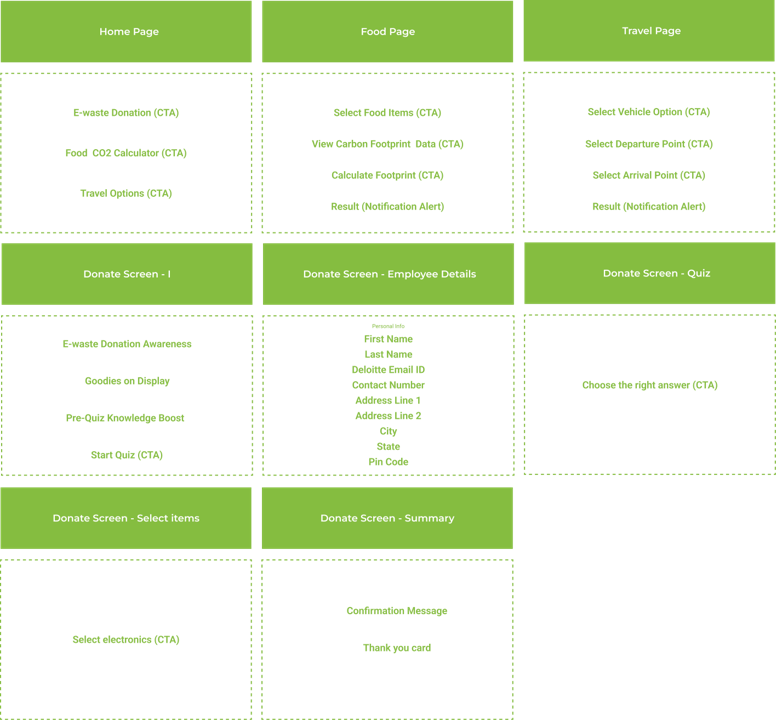
User Flow
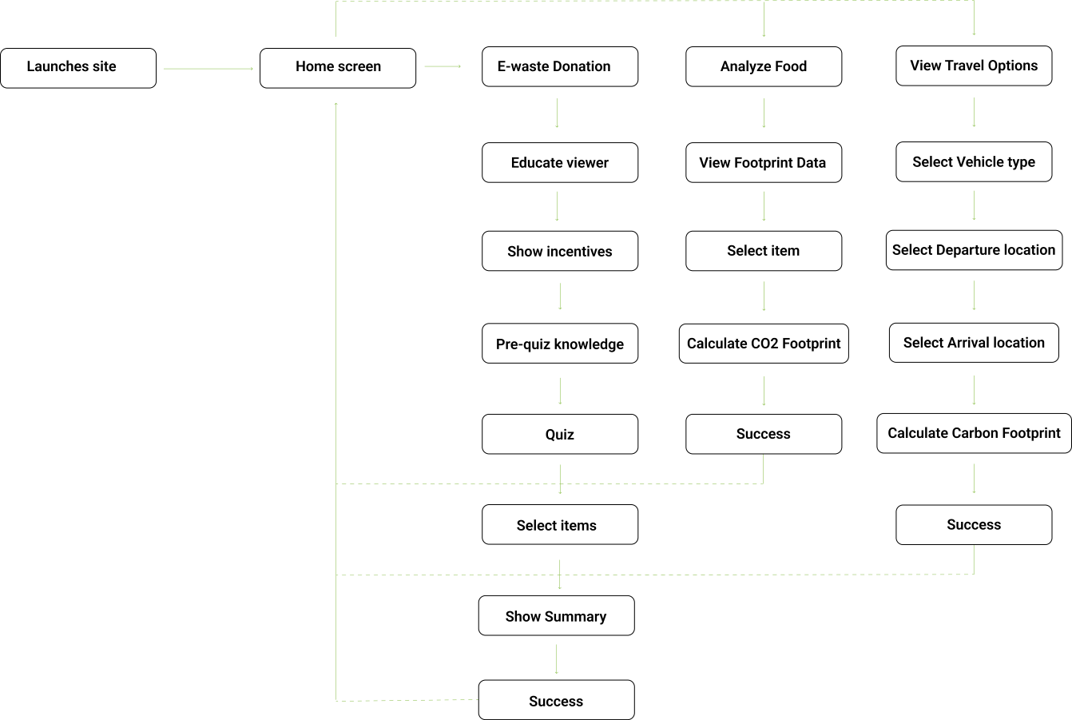
Final design
Home
The landing screen shows the 3 main user flows: electronic donation drive, food and travel emission calculators.
Analytics
The landing screen provides Deloitte professionals with tools like with carbon dashboards to effectively track their behaviour.
E-waste Model
Each professional at Deloitte is provided with resources to educate themselves about the current global scenario. Goodies are displayed to incentivize professionals adopting eco-friendly practices.
E-waste Model - II
Details of the professional including name, Deloitte e-mail ID, contact number and address are requested for.
E-waste Model - III
The professional is then asked 10 multiple-choice questions to highlight awareness.
E-waste Model - IV
The professional is then prompted to select electronic items they wish to put up for donation. A summary page confirming all the details shows up on the screen marking the end of this process.
Food Model
The MVP displays the carbon footprint on selection of food items. This will help the professional to make purchasing decisions whilst keeping environment under consideration.
Food Model - Analytics
The additional analytics of ingredients will enable professional to make better informed food choices.
Travel Model
Professional can view how their travel choices have an impact on the carbon footprint. Just select vehicle type, departure and arrival points, and the carbon emissions (in kilograms) will be displayed as a result.
Logo design
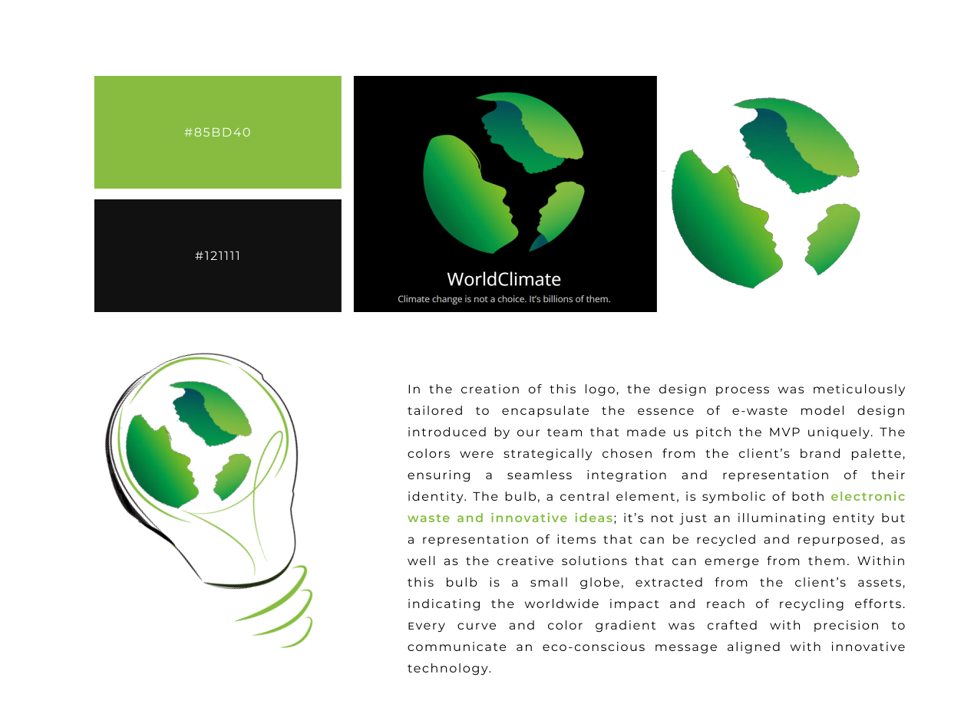
Mockup
The following mockups were made using Illustrator and Photoshop.
visual system

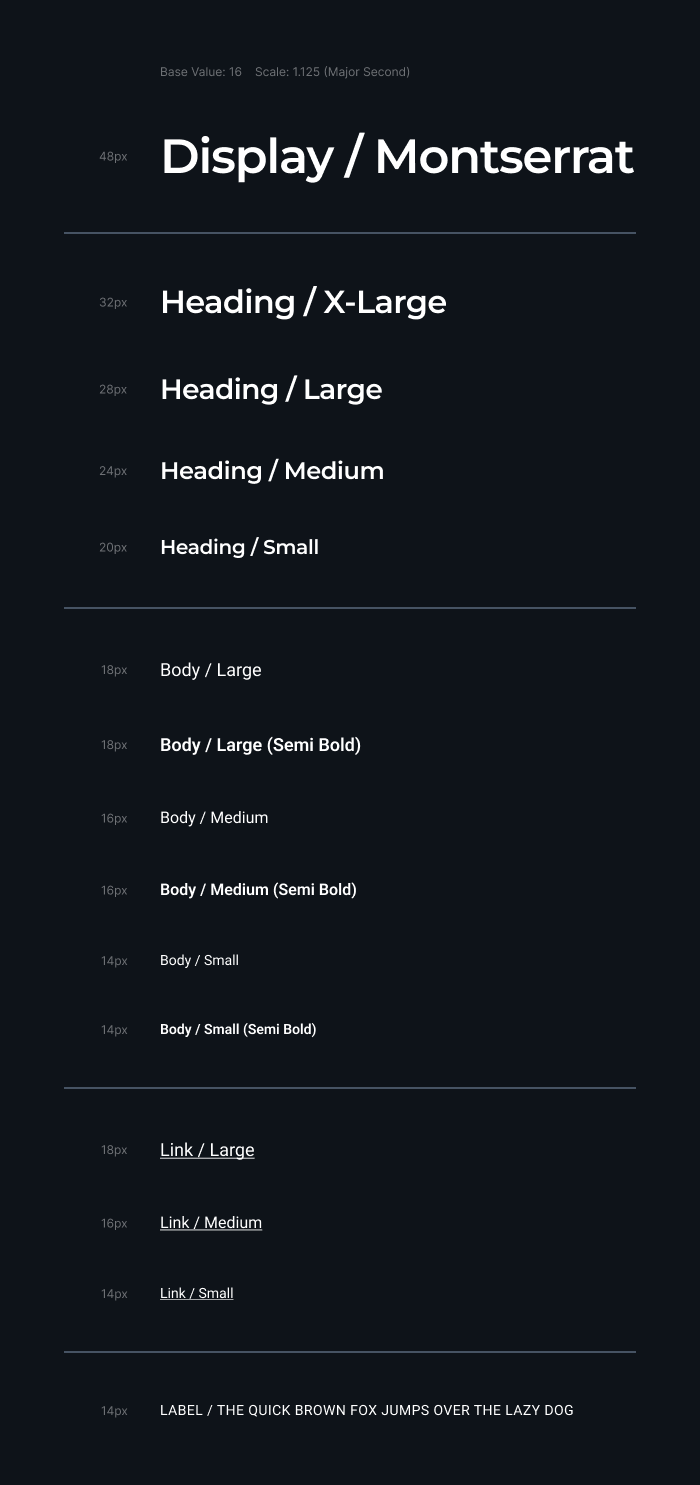
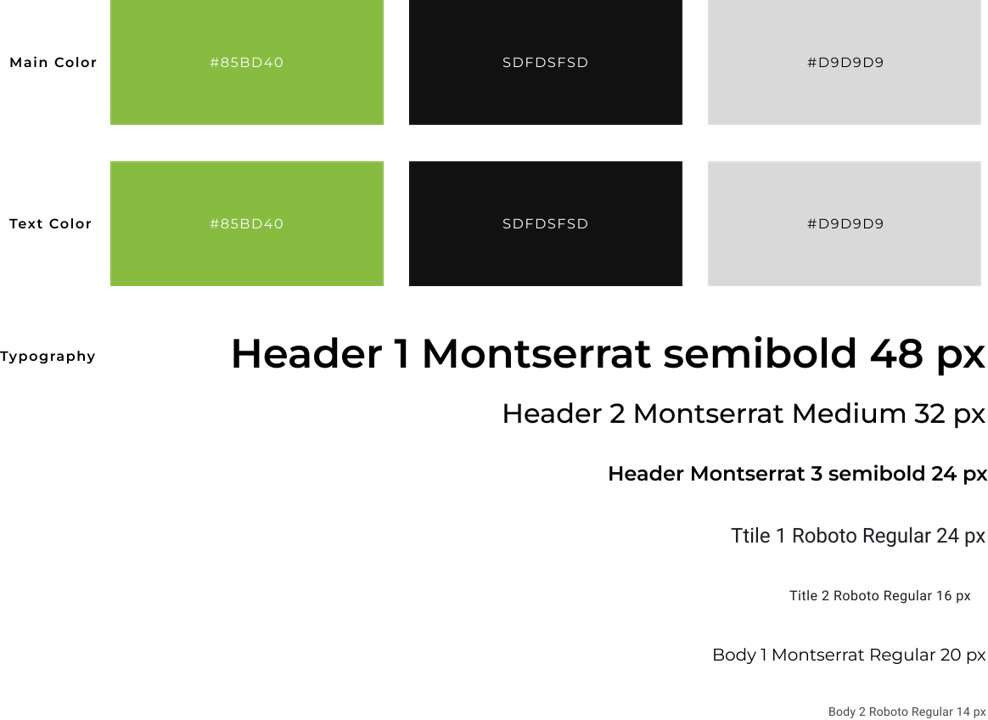
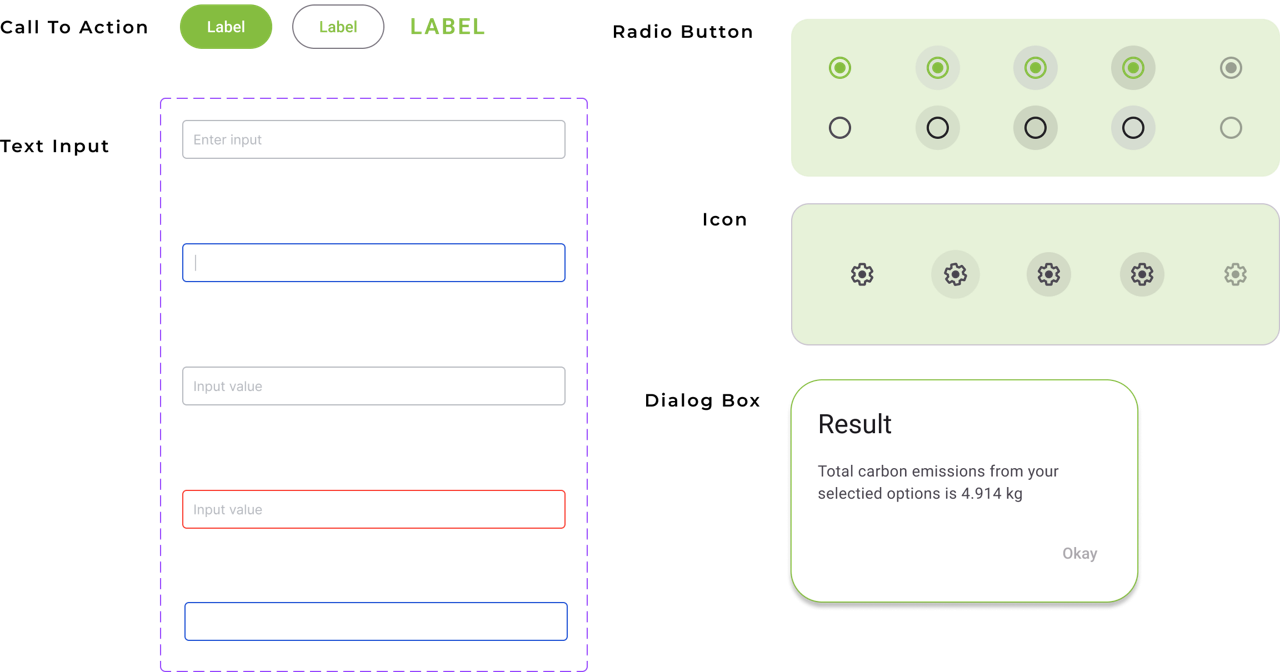

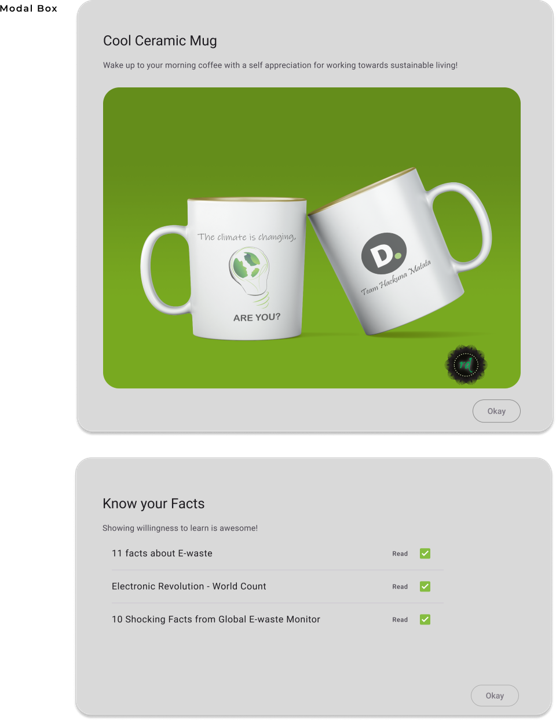
software development
- We used latest technology like ASP.Net Core, i.e., razor pages. This helped in decreasing the dependency and making the solution quicker and efficient.
- Bootstrap version 4 in combination with CSS was used for front-end styling.
- Seeding database migration was done automatically, no manual database or tables were created in SSMS.
- We have deployed our final application on GitHub as well as Internet Information Services (IIS) for rendering locally.
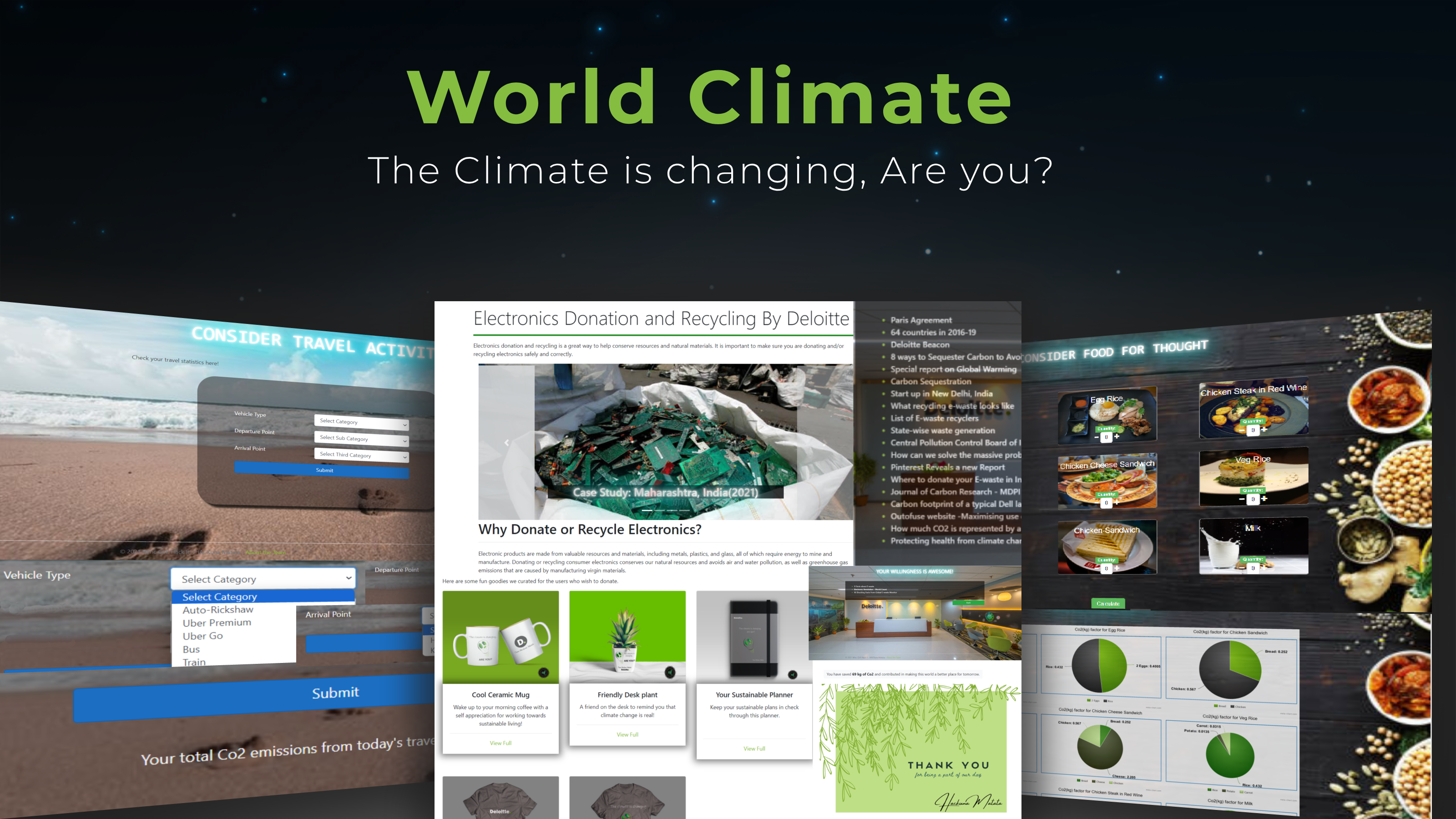
Hackathon Results
Our team not only clinched the first-place award but also demonstrated the power of user-centered design in addressing complex challenges. The project's success underscored the importance of integrating sustainable initiatives with thoughtful, user-centric design practices. This accomplishment serves as a testament to my ability to drive impactful design solutions and collaborate effectively in a competitive and dynamic hackathon environment.
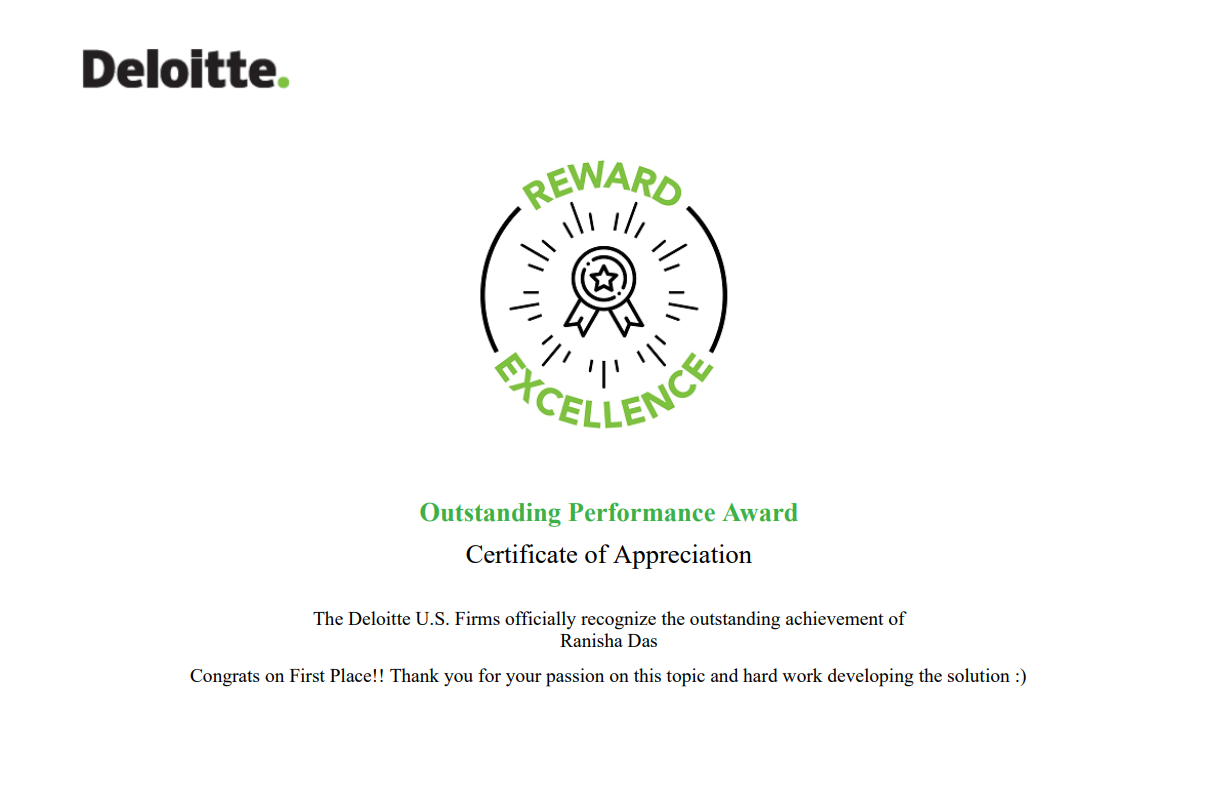
Reflection
The hackathon offered an exciting opportunity to create meaningful, lasting impacts at the firm level, challenging participants to think creatively and collaboratively. The project aimed not just to meet the firm's World Climate travel goals but to set a precedent for how businesses can operate sustainably in a low carbon economy. Through this initiative, I sought to reimagine everyday business practices, making sustainability an integral part of our professional lives.
This was my one of my stepping stones in the user-experience world! It was definitely a great experience for me to comprehensively practice my research and interaction design skills! Through the process, I not only clinched opportunities to elevate my user research and testing skills, but also to level up my UI design skills by using Material Design Systems.
Design and DEV HACKATHON
World Climate
An award winning sustainable firm strategic initiative focused on employee behaviour.
WinC Girl, Hack It! hackathon focused on the critical theme of "Travel Reduction & Behavioral Changes," aligning with Deloitte's World Climate initiative aimed at achieving net-zero emissions by 2030. The challenge was to create innovative solutions that encourage professionals and project teams to minimize their carbon footprint resulting from travel, food and any other areas. Recognizing the need for a behavioral shift, our goal was to develop tools that not only facilitate but also incentivize sustainable travel practices.
The hackathon offered an exciting opportunity to create meaningful, lasting impacts at the firm, challenging participants to think creatively and collaboratively. The project aimed not just to meet the firm's World Climate travel goals but to set a precedent for how businesses can operate sustainably in a low carbon economy. Through this initiative, we sought to reimagine everyday business practices, making sustainability an integral part of our professional lives.
Exploratory Interview
with Deloitte Green team members
Our exploratory interviews with the professionals taught us how a large firm can adopt sustainable solutions across various streams to foster an eco-friendly and responsible corporate culture. These holistic approaches ensure that the firm's commitment to sustainability permeates every aspect of its operations.
The interview made clear of the following:
- In education, the firm can implement training programs and workshops focused on sustainability, educating employees about environmental issues and green practices.
- For events like parties, adopting eco-friendly materials, minimizing waste, and choosing sustainable catering options can significantly reduce the ecological footprint.
- Operational sustainability can be enhanced by implementing recycling programs in office buildings, using energy-efficient appliances, and choosing sustainable options for event catering.
- Encouraging employee participation in volunteering events focused on environmental causes can promote hands-on engagement with sustainability efforts.
- In terms of analytics and measurement, the firm can develop systems to track and report sustainability metrics to leadership, ensuring accountability and continuous improvement.
- Lastly, building a culture of sustainability requires integrating these green practices into the company's core values, encouraging employees at all levels to embrace sustainable habits both in and out of the workplace.
.png)
For developing this application we used ASP.Net Core Framework. For front-end, we used Bootstrap, CSS, J-query, HTML and Javascript. Through entity framework, integration with database was completed. We have used SSMS to create and manage data in tables. Team was well connected though GitHub.
Why Razor Pages?
Razor Pages is a new feature of ASP.NET Core that makes coding page focused scenarios easier and more productive. They provide a simpler way to organize code within ASP.NET Core applications. Keeping the implementation logic and view models closer to the view implementation code. Razor Pages is not just for simple scenarios. Everything that you can do with MVC, you can do the same using Razor pages like routing, models, action result, tag helpers and so on. Finally, Razor pages have two parts. First is the UI which is more like the view in MVC and then we have the page model which is a combination of models as well as few models and the controller action methods.
Tag helpers are brand new to asp.net core. Tag helpers enable server-side code to participate in creating and rendering html elements inside the Razor files. Tag Helpers reduce the explicit transitions between HTML andC# in Razor views.
- We used latest technology to ASP.Net Core, i.e., razor pages. This helped in decreasing the dependency and making the solution quicker and efficient.
- Bootstrap version 4 in combination with CSS was used for front-end styling.
- Seeding database migration was done automatically, no manual database or tables were created in SSMS.
- We have deployed our final application on GitHub well as IIS.
.png)
















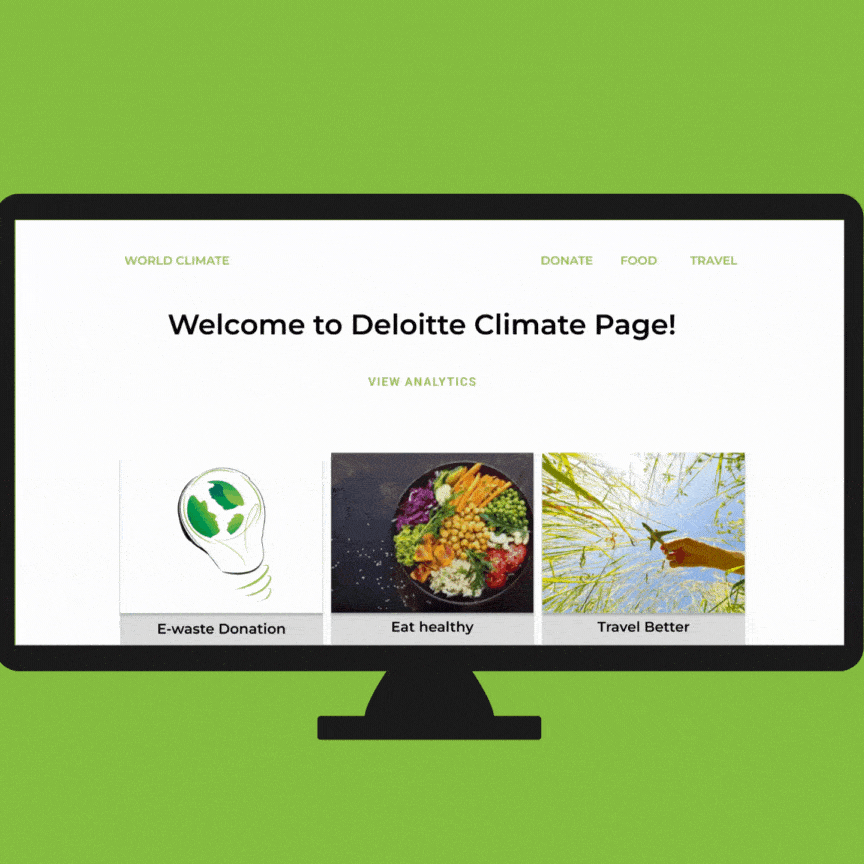
.gif)
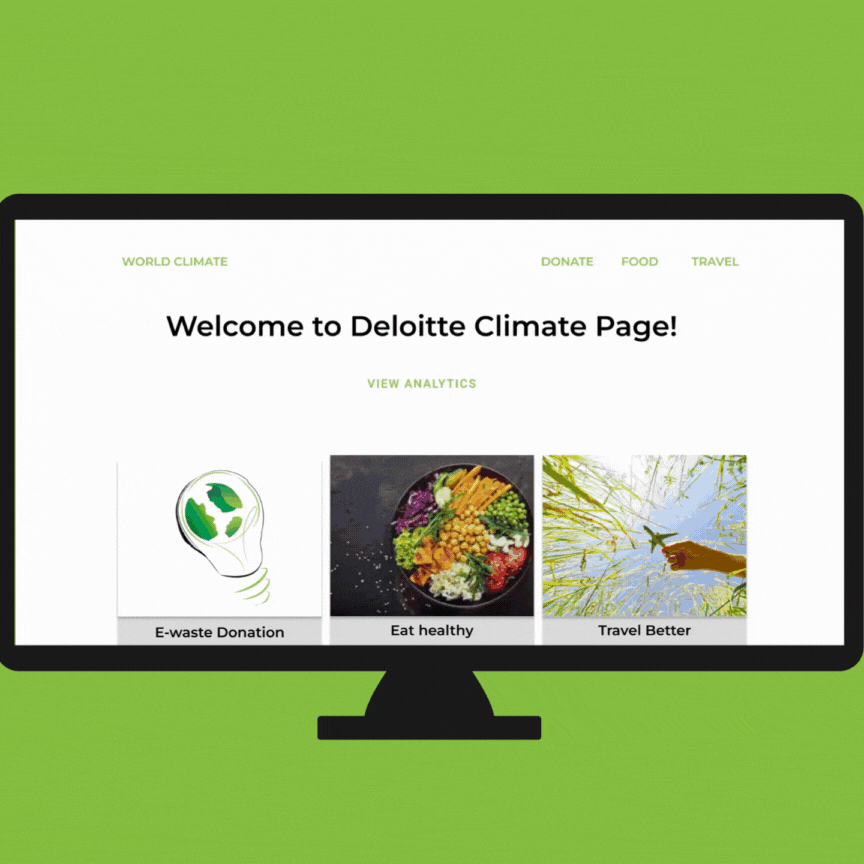
.gif)
.gif)
.gif)
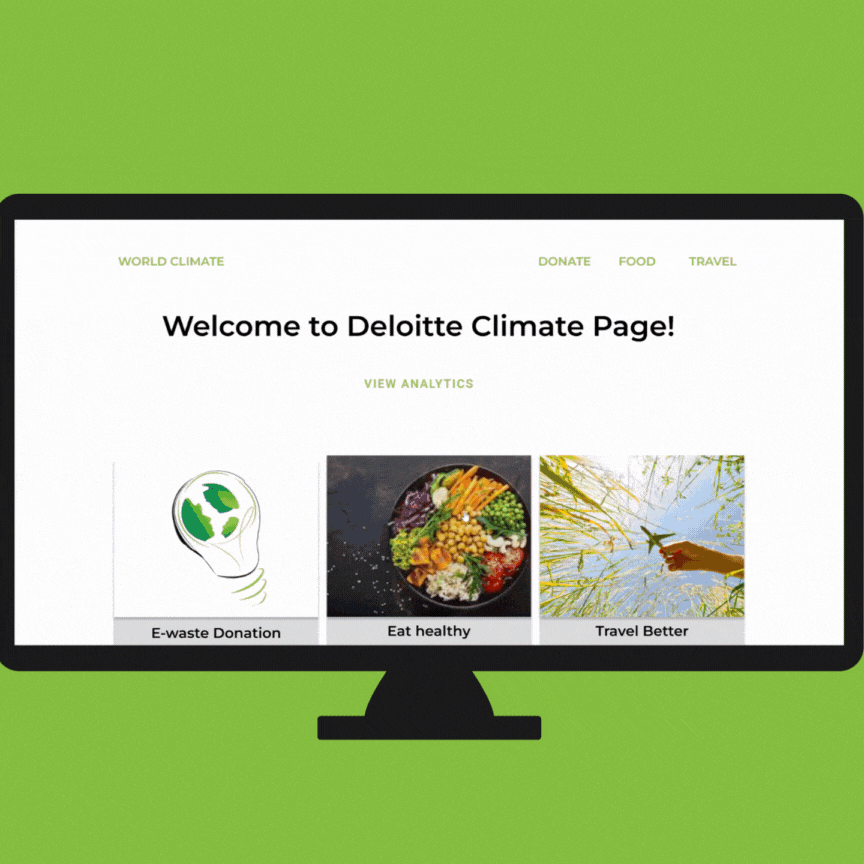
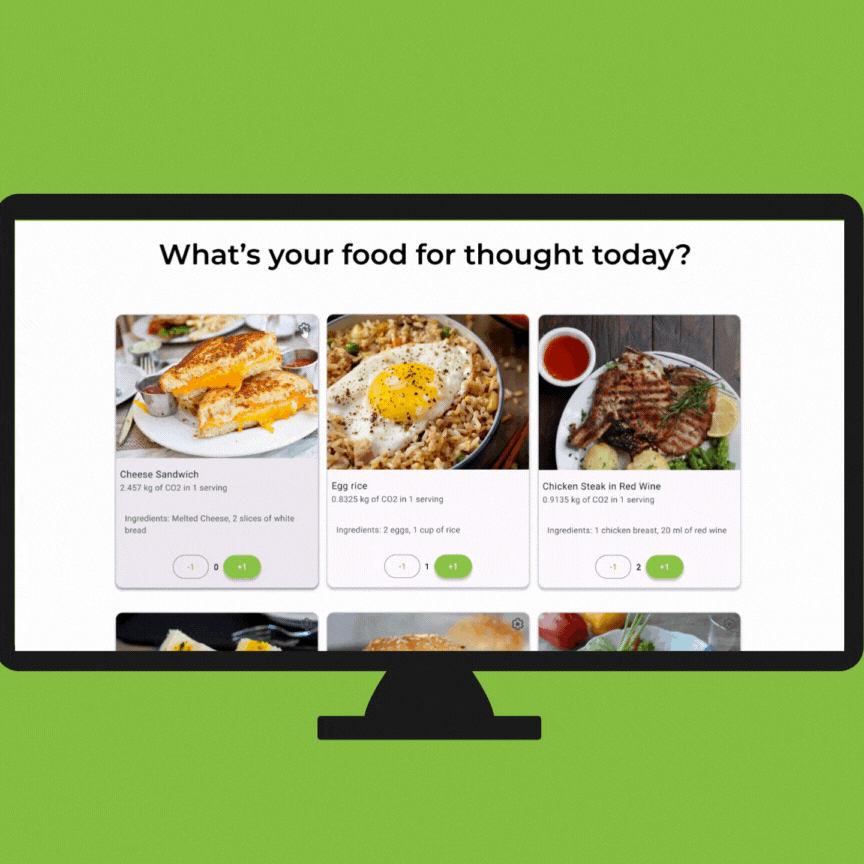
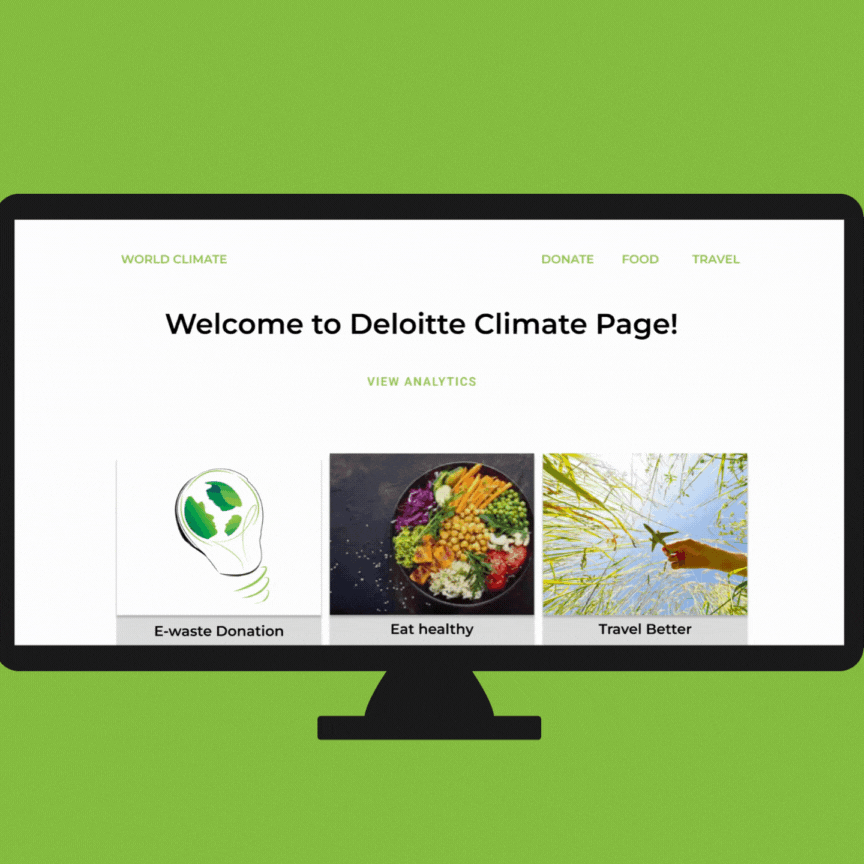









%201.png)
.png)
.png)
.png)
.png)
.png)
